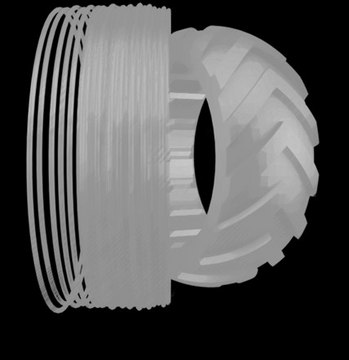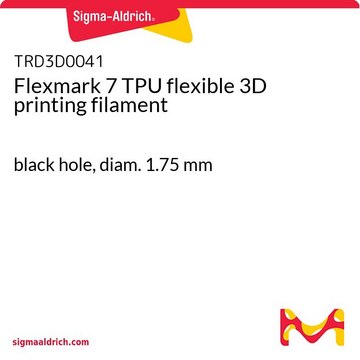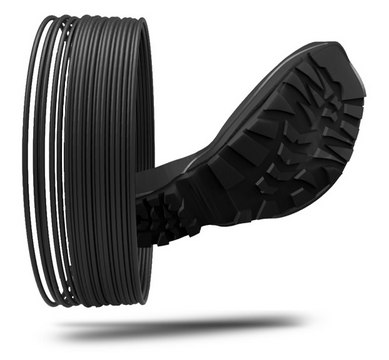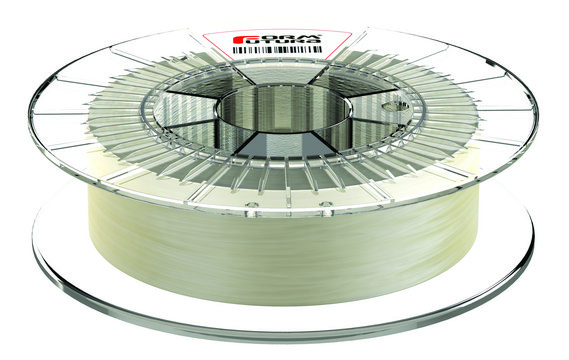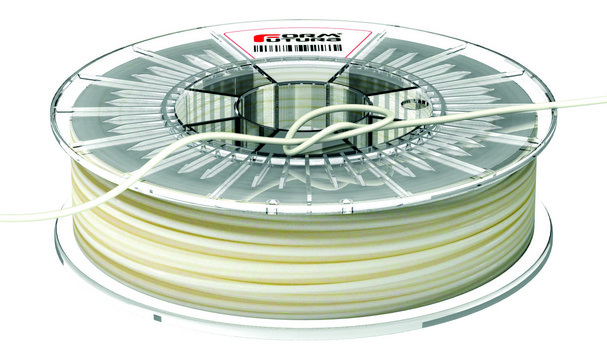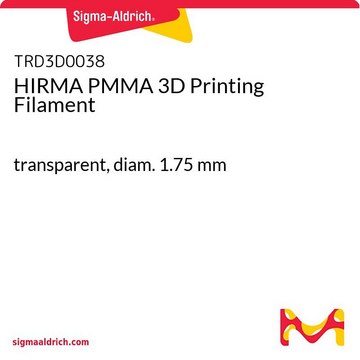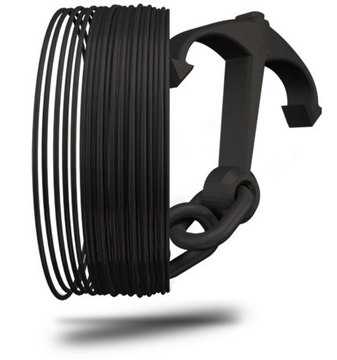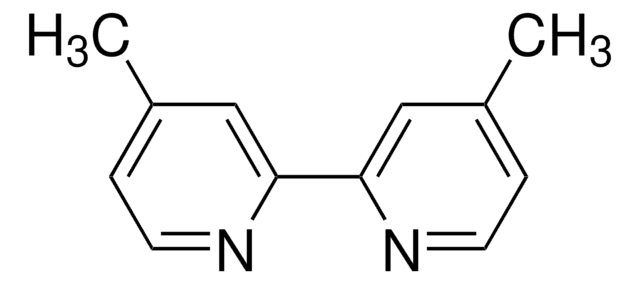推荐产品
描述
Filament diameter: 1.75 ± 0.05 mm
Filament roundness: ≥ 95%
Melt flow rate: 39 cc/10 min
Melt temperature: ±180 °C
Print temperature: ±220-260 °C
Specific gravity: 1.14 g/cc
Spool Hub Diameter: 52 mm
Spool Size (D x H): 200 mm x 55 mm
Viscat softening temperature: ±90 °C
表单
solid (filament)
硬度
45D (, Shore D Hardness)
颜色
blue
正在寻找类似产品? 访问 产品对比指南
1 of 4
此商品 | 245739 | 513040 | 40220 |
|---|---|---|---|
| assay 99.5% | assay 99% | assay 98% | assay ≥99.0% (NT) |
| Quality Level 100 | Quality Level 200 | Quality Level 100 | Quality Level 100 |
| form solid | form solid | form - | form solid |
| mp 169-174 °C (lit.) | mp 169-174 °C (lit.) | mp 114-117 °C (lit.) | mp 169-174 °C (lit.), 171-173 °C |
| purified by sublimation | purified by - | purified by - | purified by - |
一般描述
应用
法律信息
FlexiFil™ is a trademark of Formfutura VOF
储存分类代码
11 - Combustible Solids
WGK
WGK 3
闪点(°F)
Not applicable
闪点(°C)
Not applicable
法规信息
我们的科学家团队拥有各种研究领域经验,包括生命科学、材料科学、化学合成、色谱、分析及许多其他领域.
联系客户支持